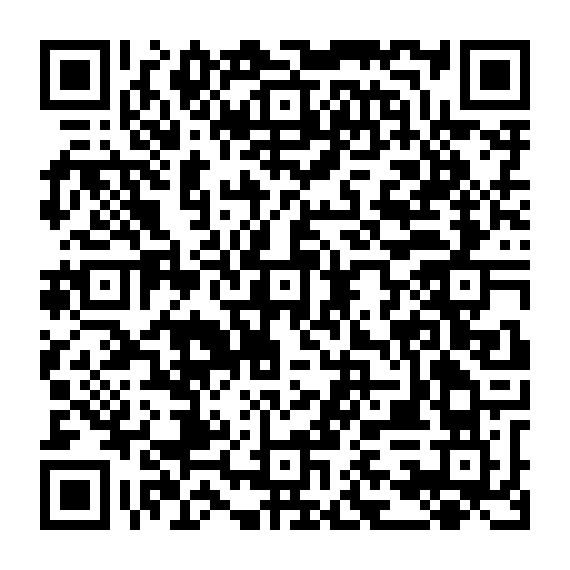
Robert Moghim MD
Anchor Healthcare
Peripheral Nerve Stimulation
Procedure | 1748908073
Peripheral nerve stimulation (PNS) is a procedure used to manage chronic pain by delivering mild electrical impulses to targeted nerves. This process helps block pain signals before they reach the brain. It's particularly useful for conditions like neuropathic pain, which can occur after surgery, due to nerve damage from diabetes, or with conditions like complex regional pain syndrome (CRPS).
The procedure begins with a trial phase, where leads are temporarily placed under the skin near the affected nerve. You'll wear these electrodes for about one to two weeks. This trial helps determine if PNS effectively reduces your pain. If successful, a small device called an impulse generator is permanently implanted under your skin, connecting to the leads that send continuous stimulation to ease your pain. You can control the level of stimulation with a remote or even a smartphone app.
Risks exist, as with any surgery, including possible infection or nerve damage, and there could be battery or device malfunctions. Preparing for the procedure requires stopping blood thinners and avoiding certain medications for a couple of weeks. After the procedure, you should rest and avoid strenuous activities, particularly heavy lifting. Recovery from permanent implantation generally takes several weeks.
If PNS isn't suitable, other options include medication, physical therapy, or more extensive procedures like spinal cord stimulation. PNS can be highly effective for those who have not found relief with conventional treatments, offering renewed mobility and pain reduction.

